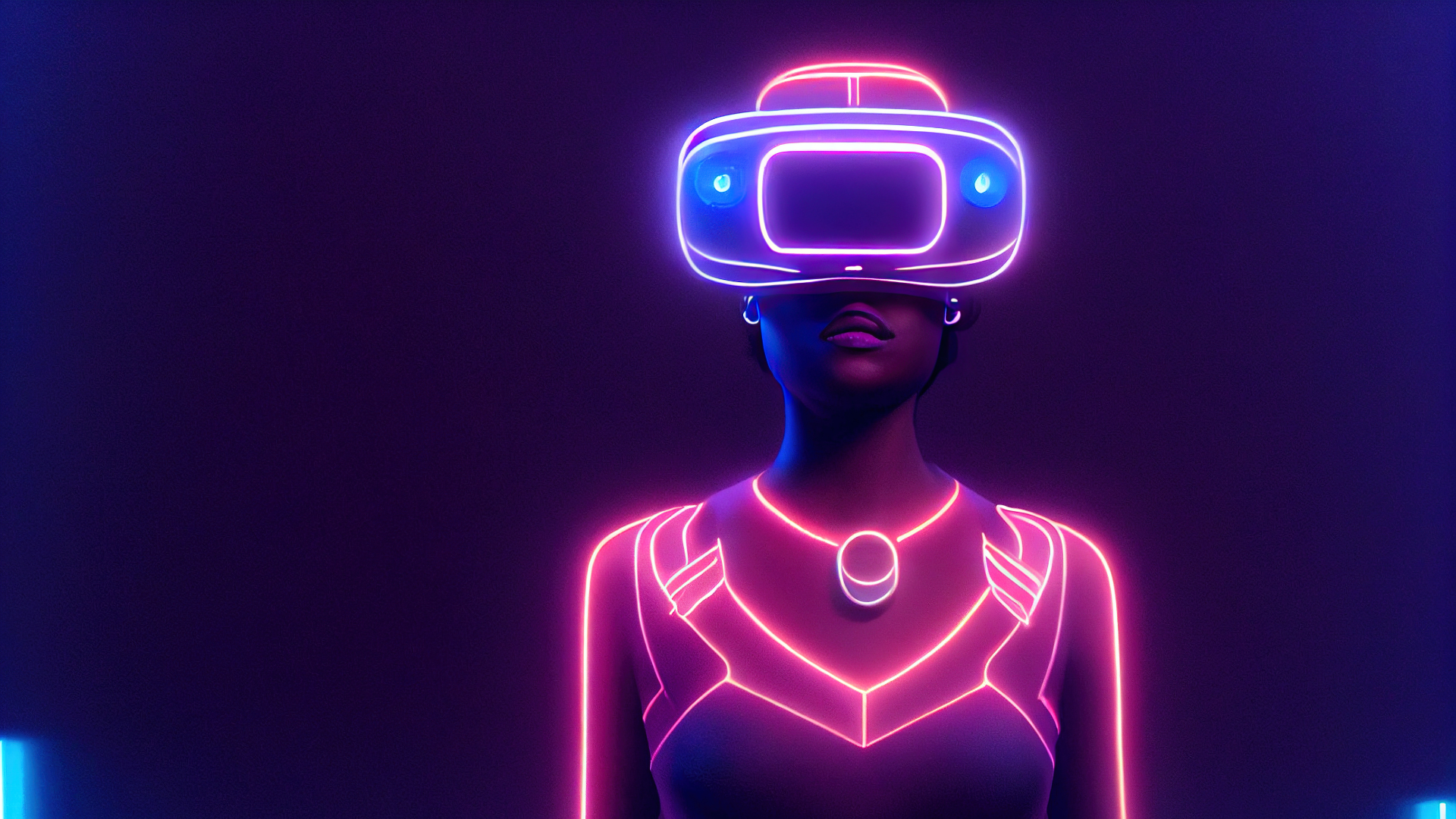Introduction to Virtual Reality
Virtual Reality (VR) is an immersive computer-generated simulation of a real or imaginary environment. The user interacts with this virtual environment through a headset that blocks out the natural world and replaces it with a simulated one. VR technology has come a long way over the past few years. It is now used in various industries, from gaming and entertainment to healthcare and education.
VR in Gaming and Entertainment
Virtual Reality is a technology that immerses the user in a simulated environment. Technology has been used in the gaming and entertainment fields for a long time. Still, recently it has been gaining popularity in other industries as well.
Some of the most popular applications of VR include:
- Designing and creating simulations for training purposes
- Optical character recognition (OCR) for scanning and digitizing documents
- Surveying and mapping for the real estate or construction industry
- Product simulation for design reviews or feasibility studies
- Medical training and diagnosis
- Tourism, travel, and tourism marketing
Many more applications are being developed all the time. VR is still in its early stages, so there is much potential to be explored.
VR in Healthcare
There is no denying that virtual Reality (VR) has emerged as one of the most promising new technologies in recent years. This is due to its wide range of potential applications, which can be found in fields such as healthcare, education, and entertainment.
One of the earliest and most well-known VR applications is in the healthcare field. For example, doctors can use VR to train for surgery or view scans of patients’ bodies more realistically. This can help prevent accidents and make treatment more efficient.
Another critical application of VR in healthcare is for treating mental health problems. For example, people with anxiety disorders can use VR to take part in relaxation exercises or visit places where they have suffered from panic attacks. In some cases, this has successfully cured the disorder altogether.
VR in Education and Training
Virtual Reality (VR) is a new medium recently gaining popularity. VR is a computer-generated environment that can create a simulated reality. This technology can be used in different fields, such as education and training.
One of the most popular uses of VR is in education. VR can teach different subjects, such as mathematics, geography, physics, and biology. It can also be used to improve skills in engineering and architecture.
VR also has applications in training. VR training can help users learn new skills faster than traditional methods. For example, VR training can help firefighters learn how to put out fires using virtual reality simulations.
VR is still in its early stages, and there are still many applications for it. The potential for VR is vast, and we expect to see more and more applications in the future.
VR in Architecture and Construction
Virtual Reality (VR) is a technology that allows users to experience a simulated environment, often involving computer-generated images and sounds. VR has been used in various fields of study, such as architecture and construction. Architects can use VR to create designs that can be tested in different scenarios or environments. Construction workers can use VR to visualize how a building will look before it is constructed. Additionally, VR can be used in marketing and advertising to create realistic consumer experiences.
VR in Sports
Virtual Reality is a technology that immerses users in a simulated environment. It has been used in various fields, such as gaming, film, and education. Recent studies have shown that virtual Reality can improve sports performance.
One study showed that hockey players who used virtual reality training software improved their penalty shootouts performance by 9%. The players could visualize the shooting area better and make quicker decisions. Another study showed that basketball players who used virtual reality training software improved their free throw percentage by 13%. Players could better understand how to move and shoot within a confined space.
These studies prove that virtual Reality can help improve sports performance. However, more research is needed to determine the precise mechanisms behind these benefits.
The Future of VR Technology
VR technology is a powerful tool changing how we live and work. With its ability to immerse users in a virtual world, VR has the potential to revolutionize a wide range of industries, from gaming and entertainment to healthcare and education. Whether we’re a gamer, a student, healthcare providers, or business professionals, the impact of VR technology on society is sure to be significant, and the future of this technology is bright. As technology continues to evolve, the possibilities are endless, and the potential for VR to change the world is limitless.

